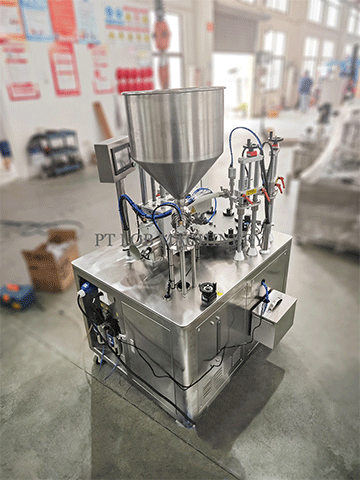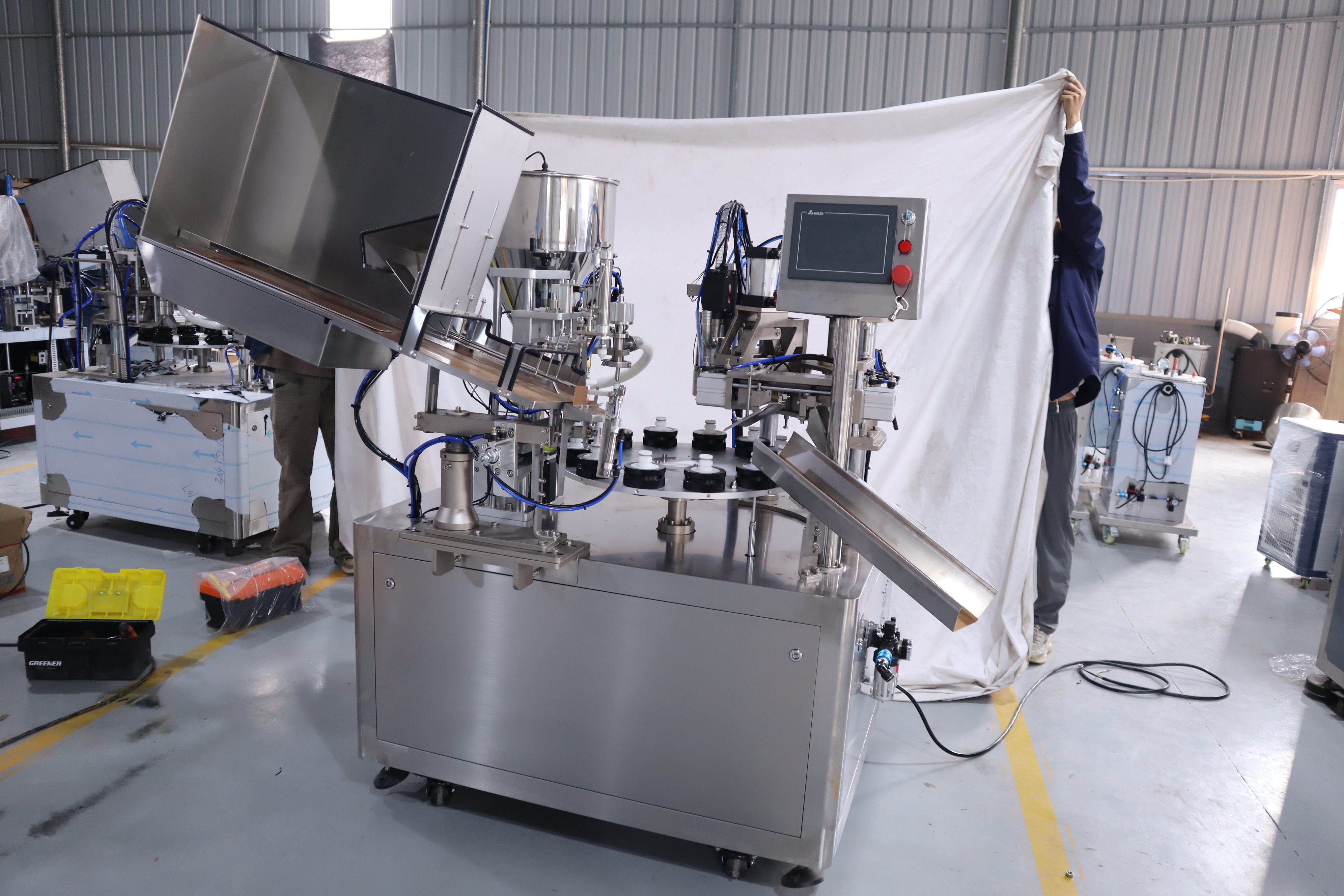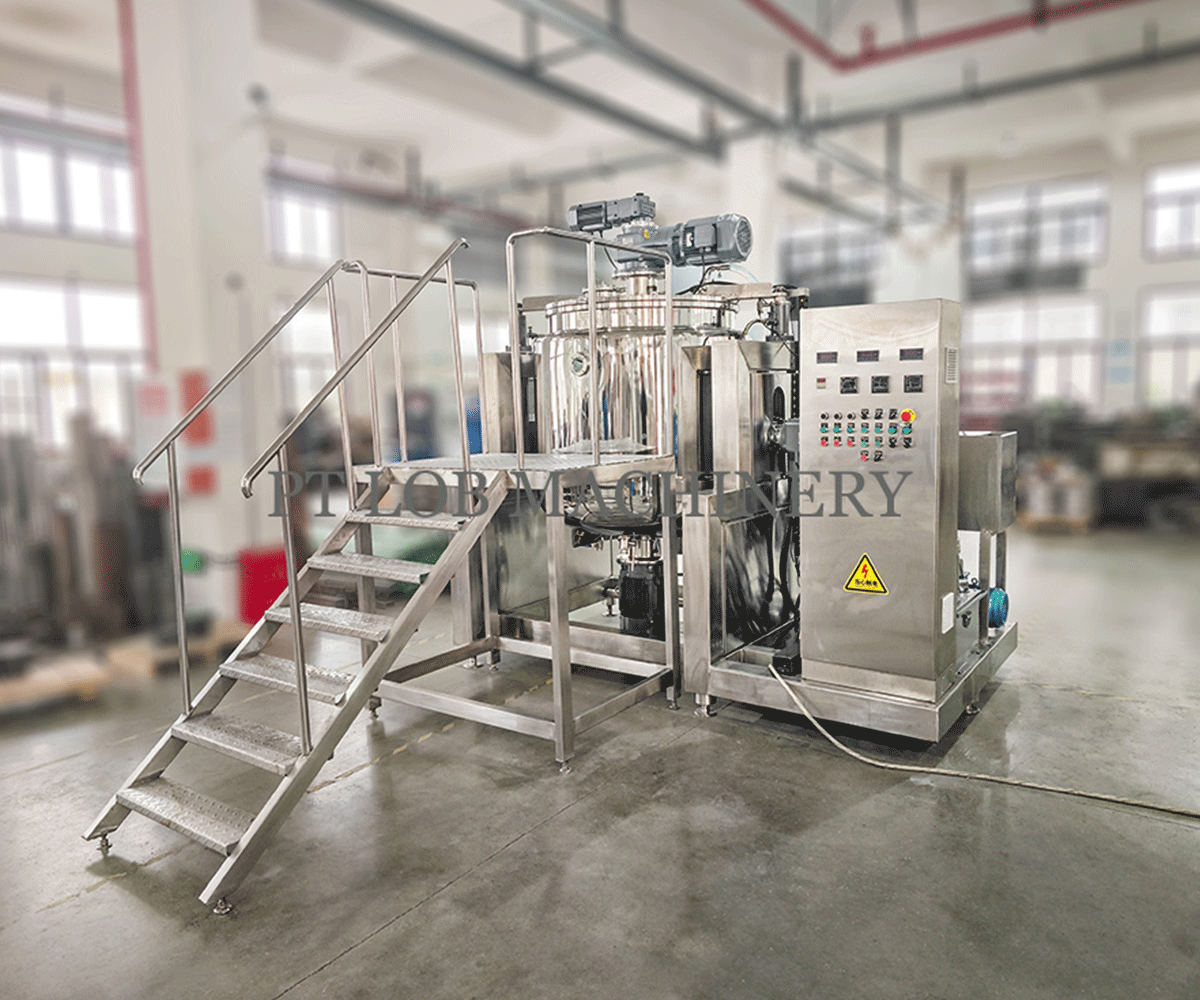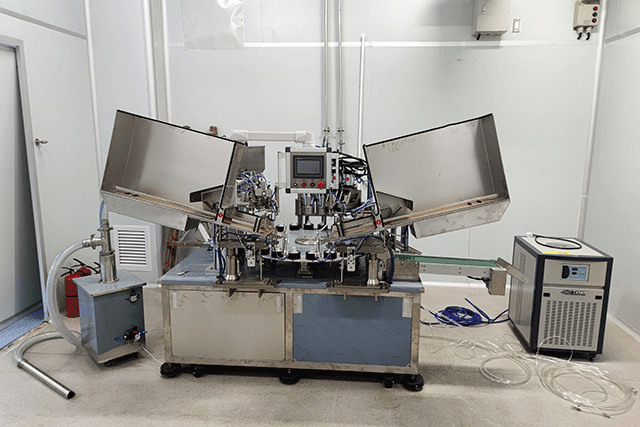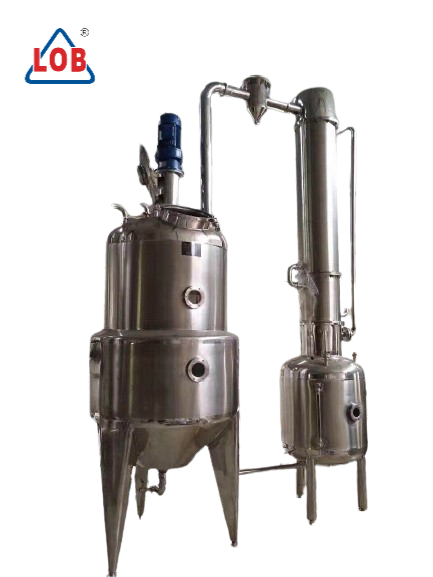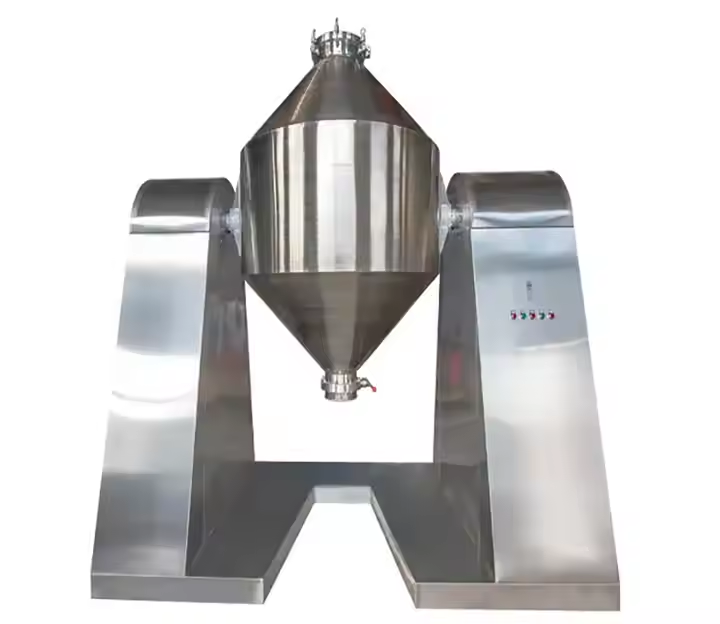Colloid Mill vs Homogenizer
In the realm of particle processing, the choice between a colloid mill and a homogenizer is pivotal. Understanding their differences and applications is crucial for selecting the optimal solution for your processing needs.
Colloid mills are renowned for their ability to achieve fine particle size reduction and uniform dispersion. Employing a high-speed rotor-stator action, they excel at breaking down solids into smaller particles and creating stable suspensions. This makes them ideal for industries such as pharmaceuticals, food, and cosmetics, where consistent particle size and dispersion are paramount.
On the other hand, homogenizers utilize high-pressure forces to disrupt particles and create emulsions. They are versatile tools capable of handling a wide range of viscosities and achieving uniform mixtures, making them indispensable in industries such as dairy, beverage, and biotechnology.
When deciding between a colloid mill and a homogenizer, several factors come into play. Consider the viscosity of your product, the desired particle size, and the level of emulsification required. Colloid mills are preferred for applications requiring fine particle size reduction, while homogenizers are favored for emulsification and achieving uniform mixtures.
Furthermore, evaluate the scalability and versatility of each solution. While colloid mills are efficient for batch processing, homogenizers offer continuous processing capabilities, making them suitable for large-scale production.
In conclusion, the choice between a colloid mill and a homogenizer depends on your specific processing requirements. By understanding the differences and applications of each, you can make an informed decision that ensures optimal results for your particle processing needs.
 English
English 
